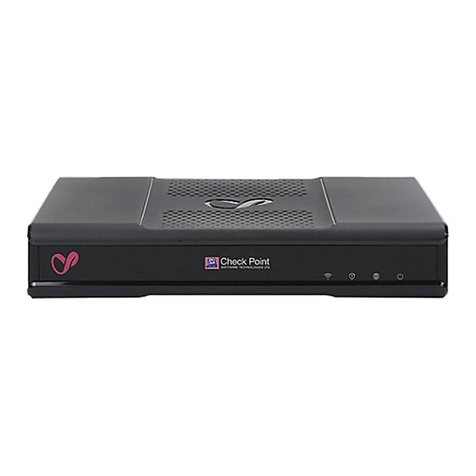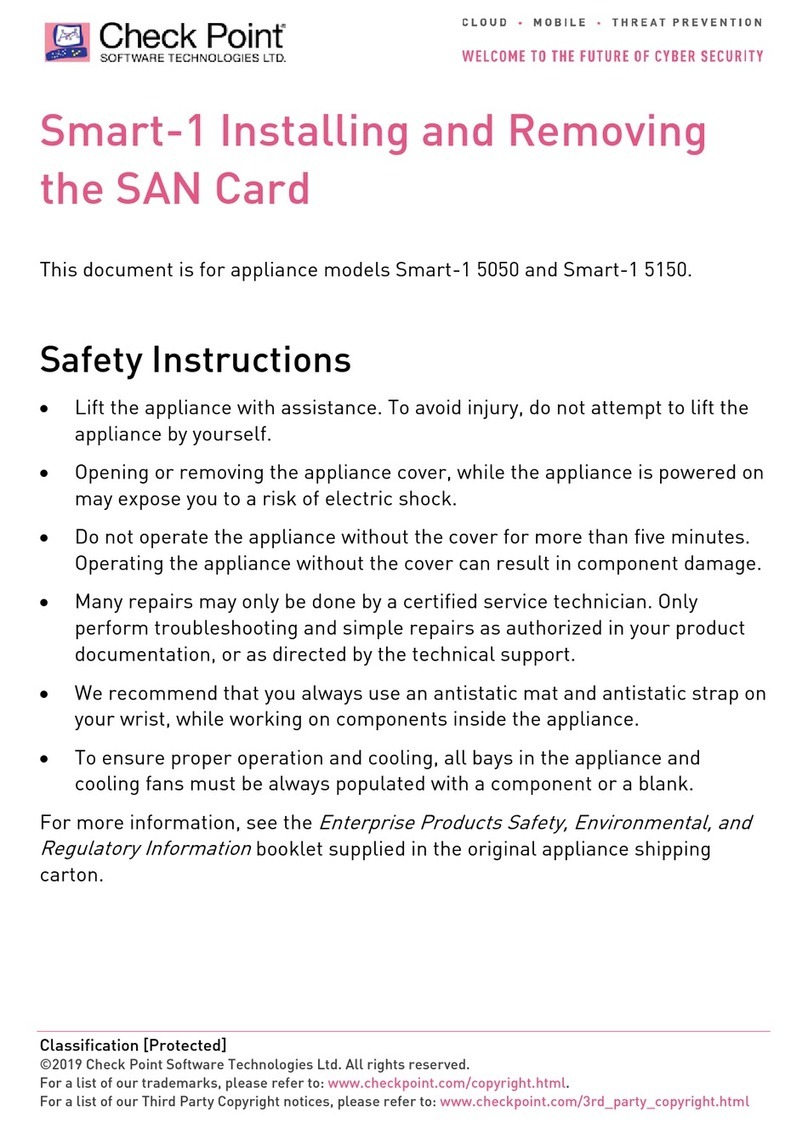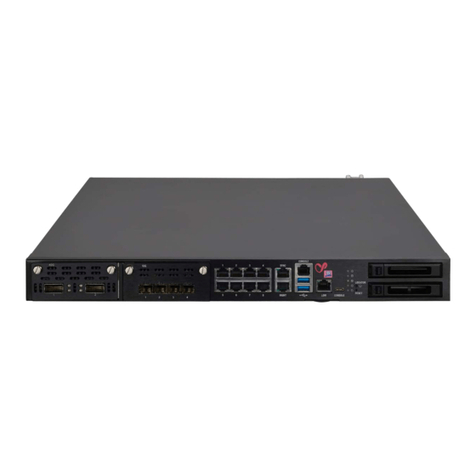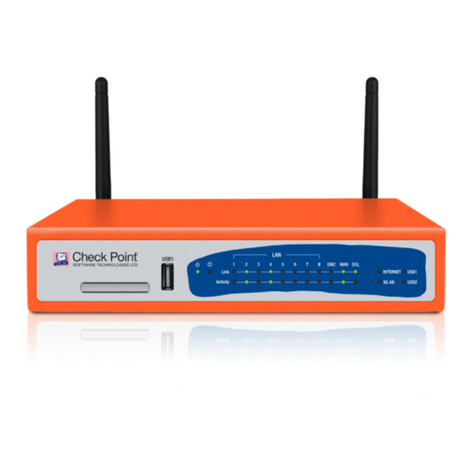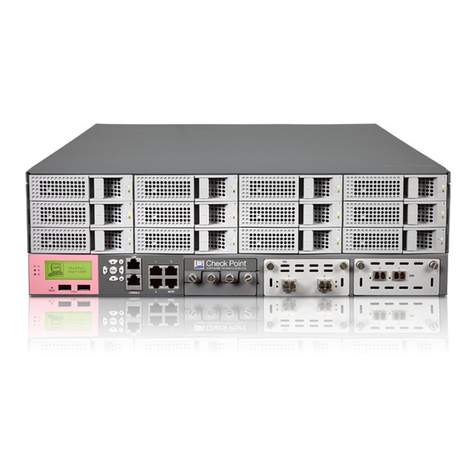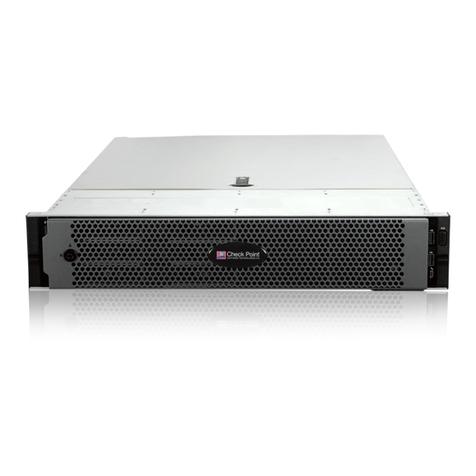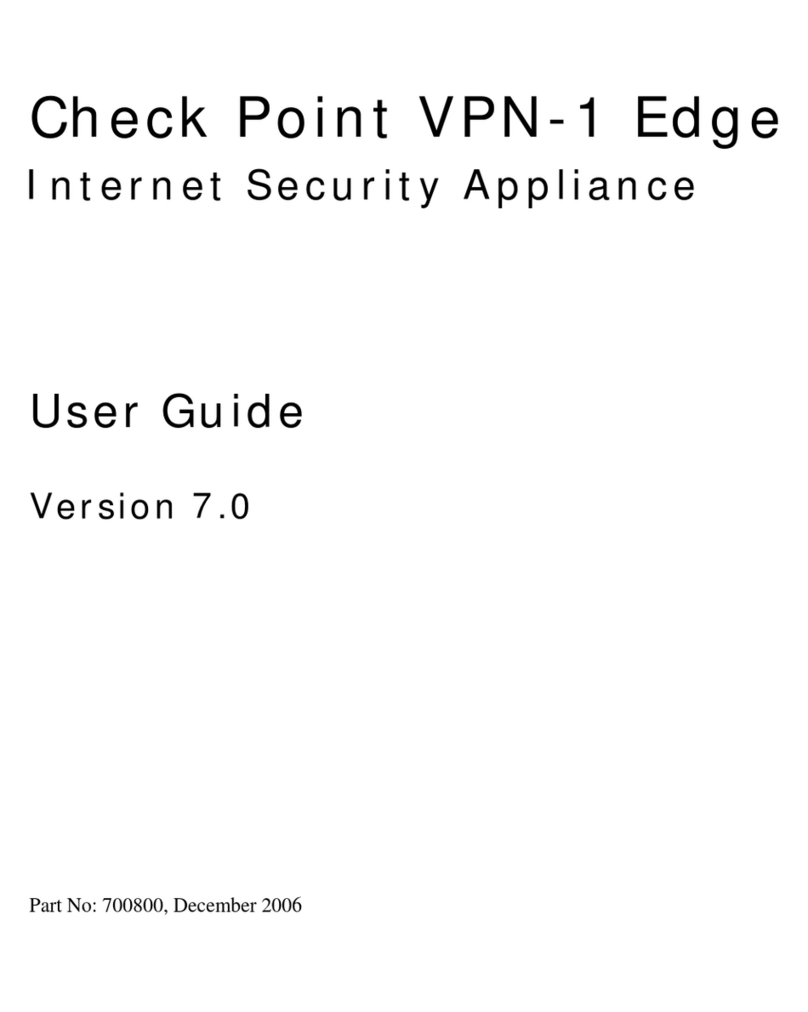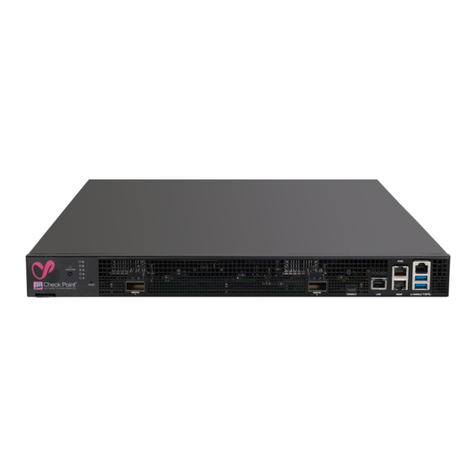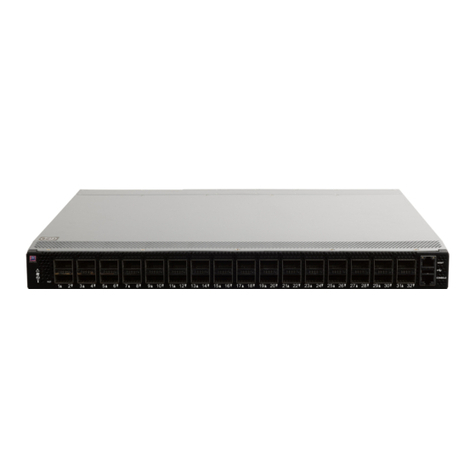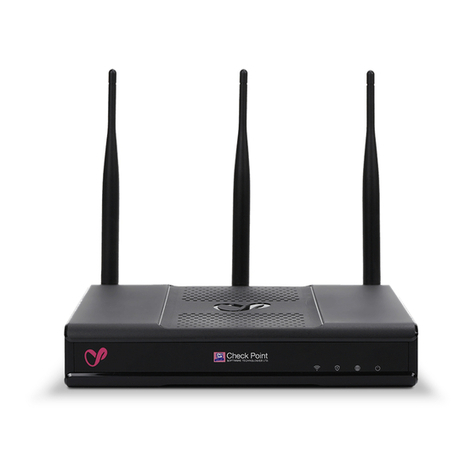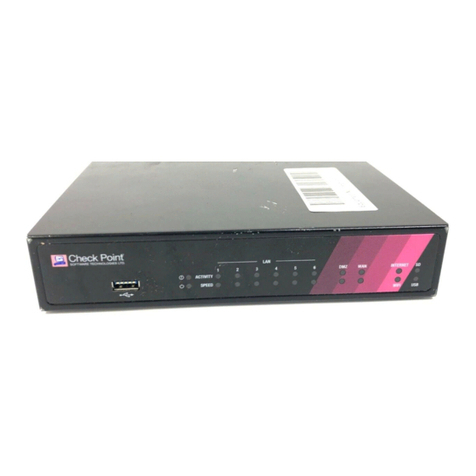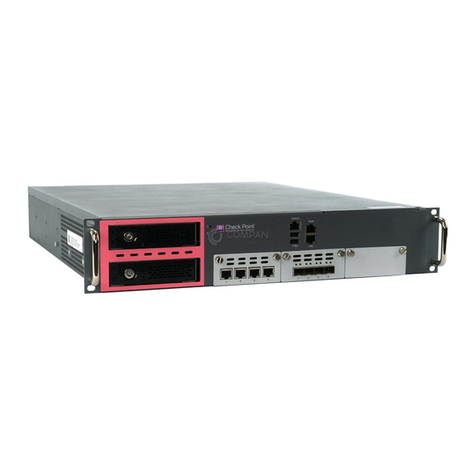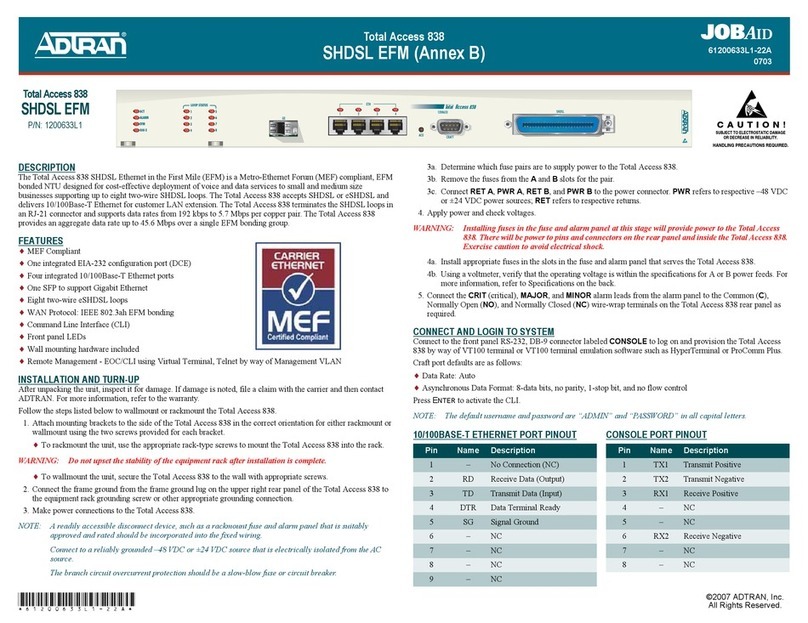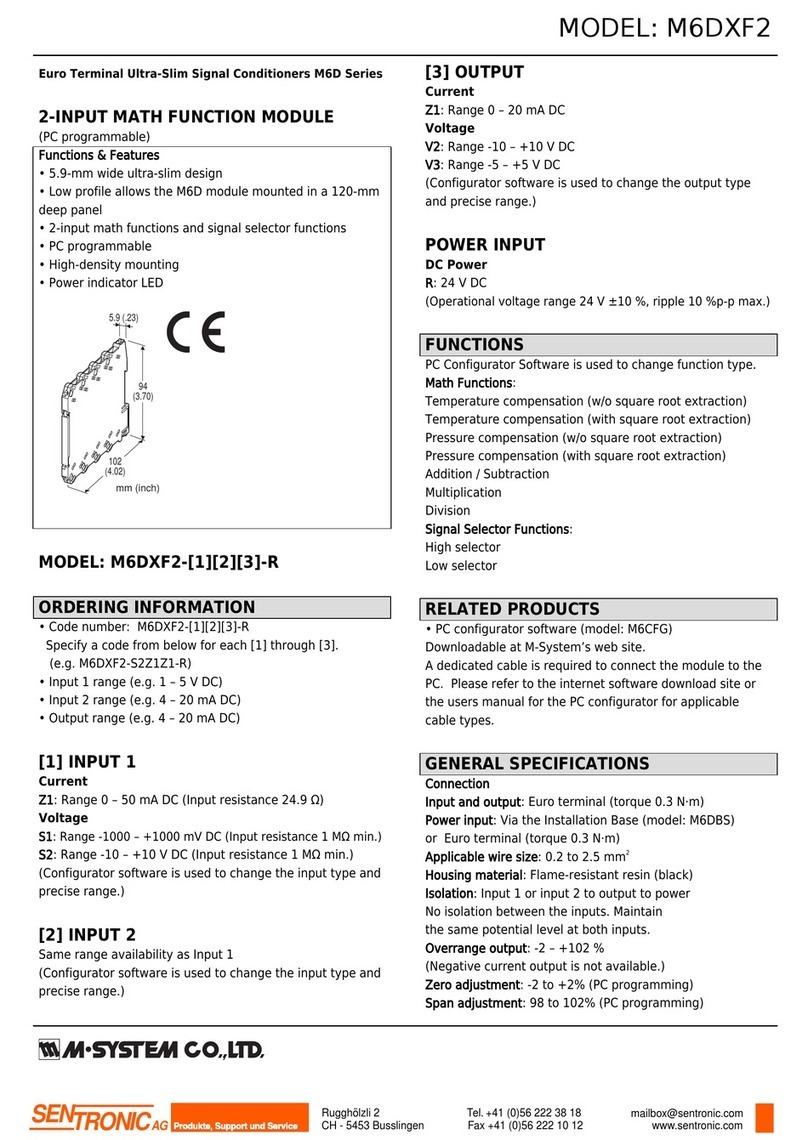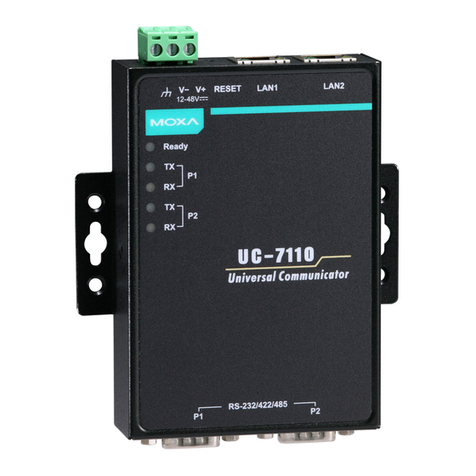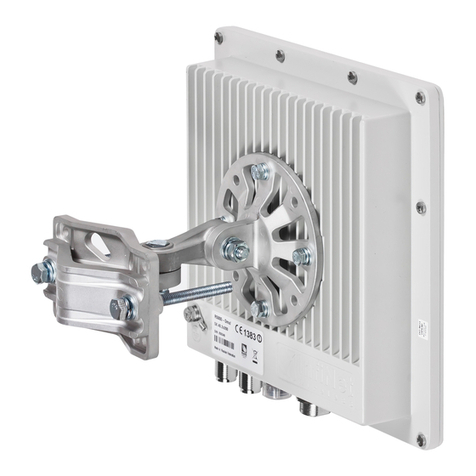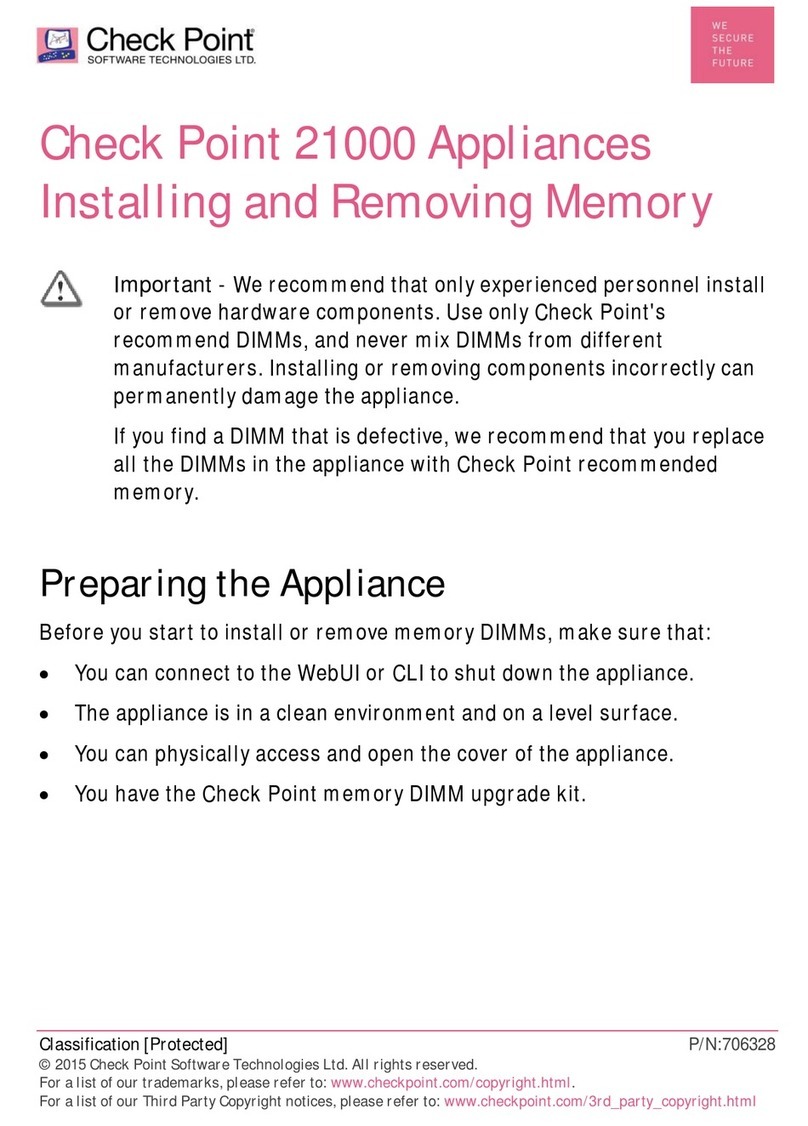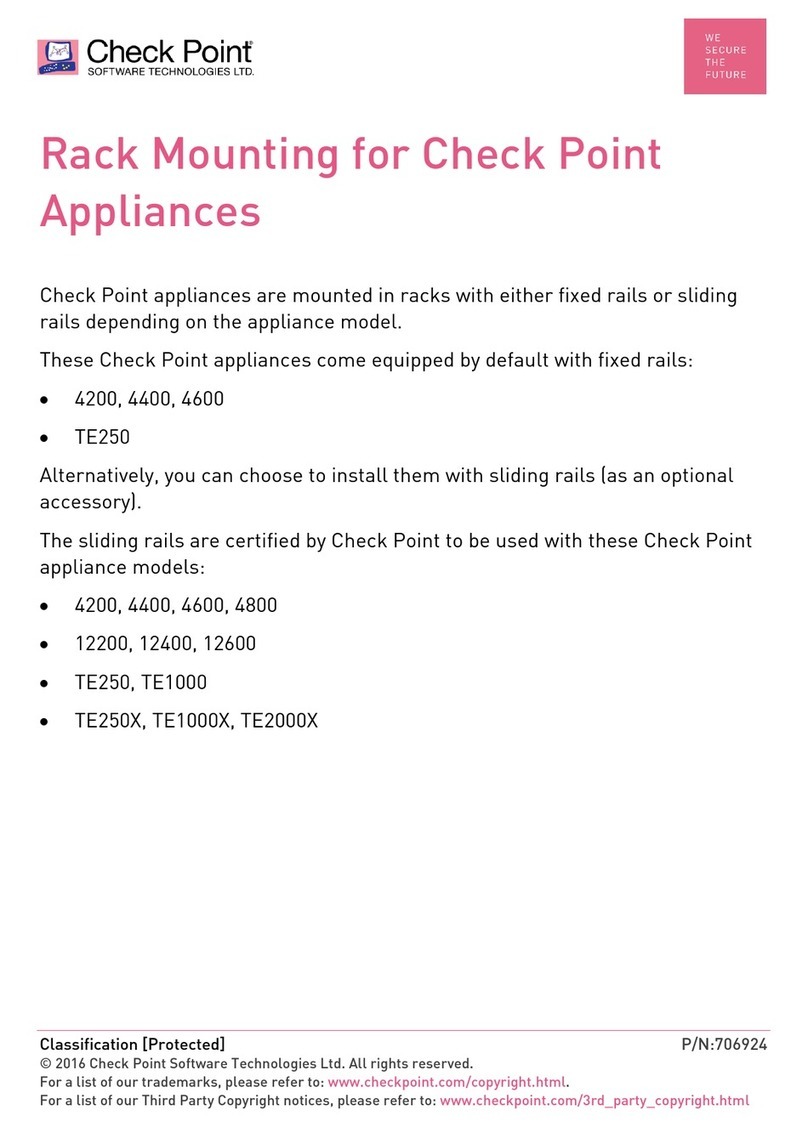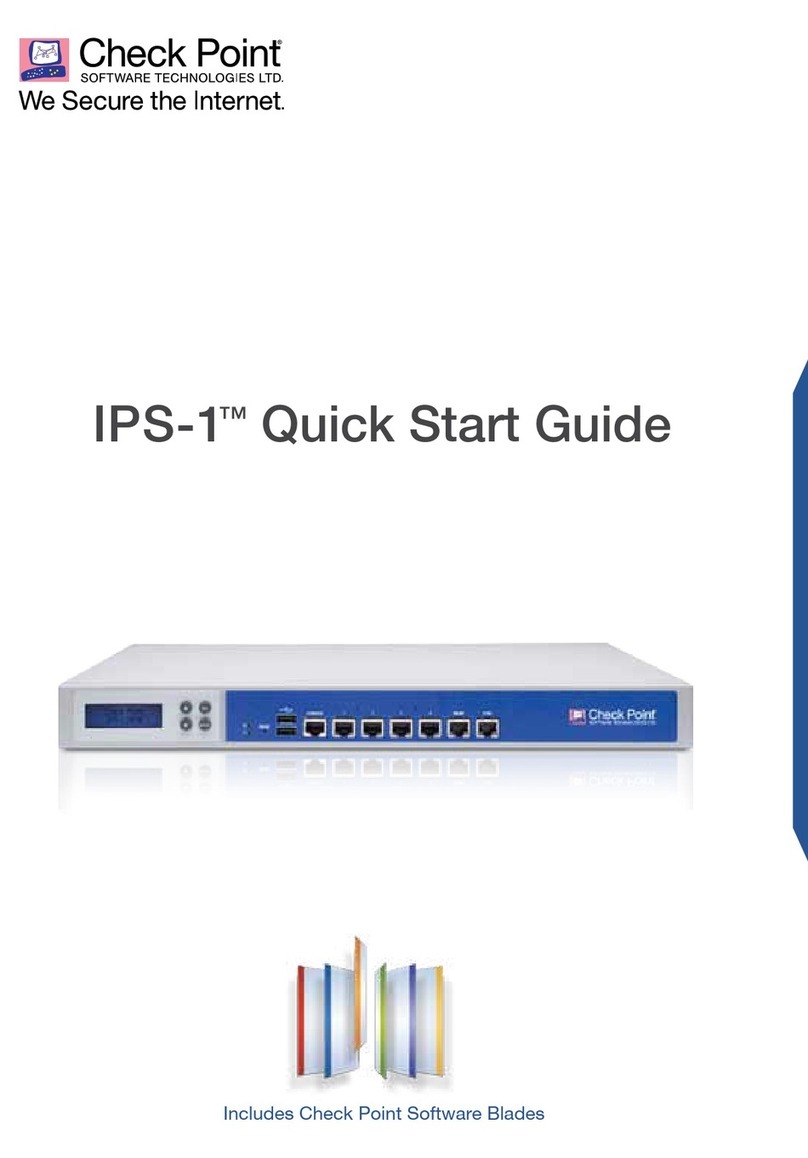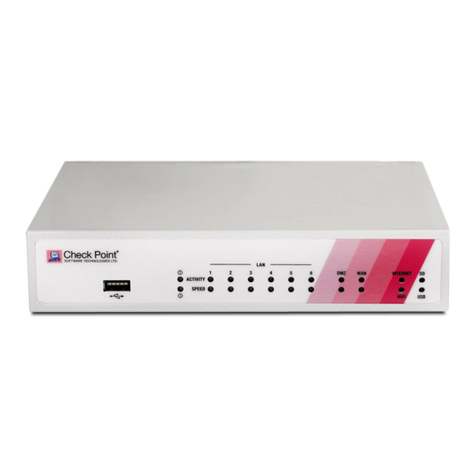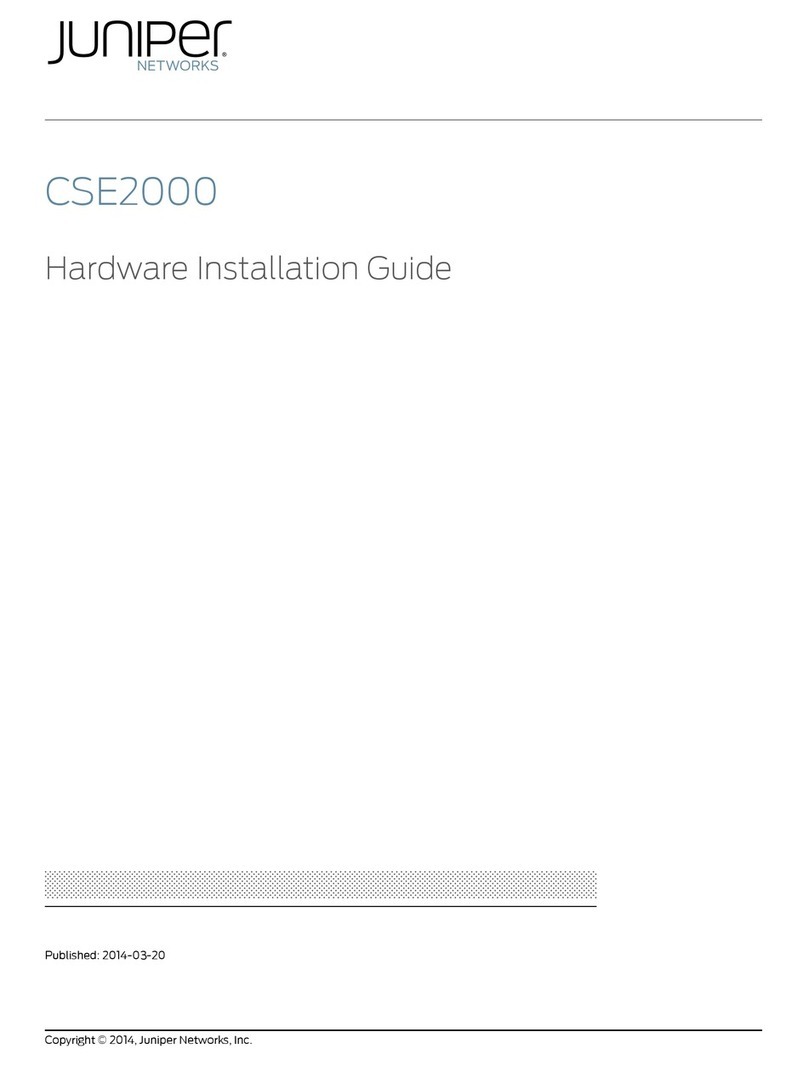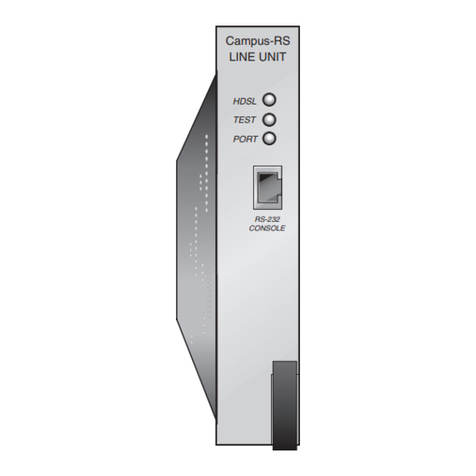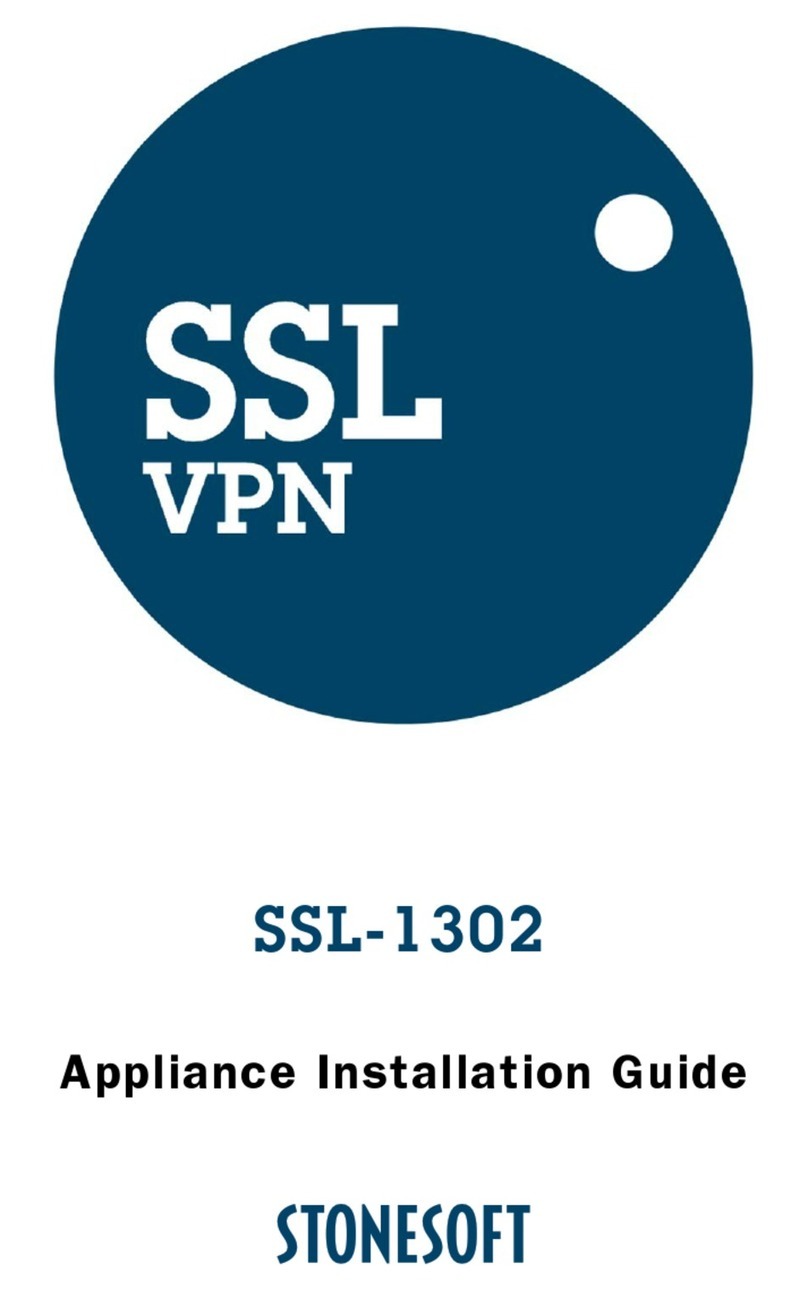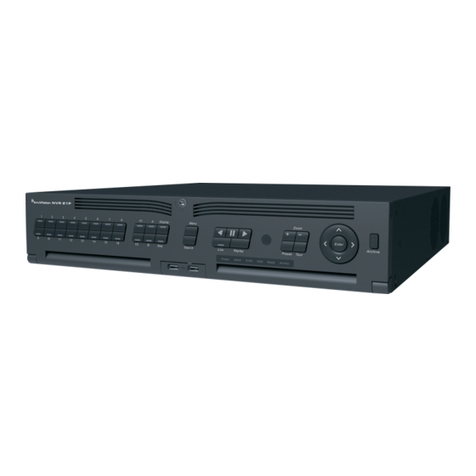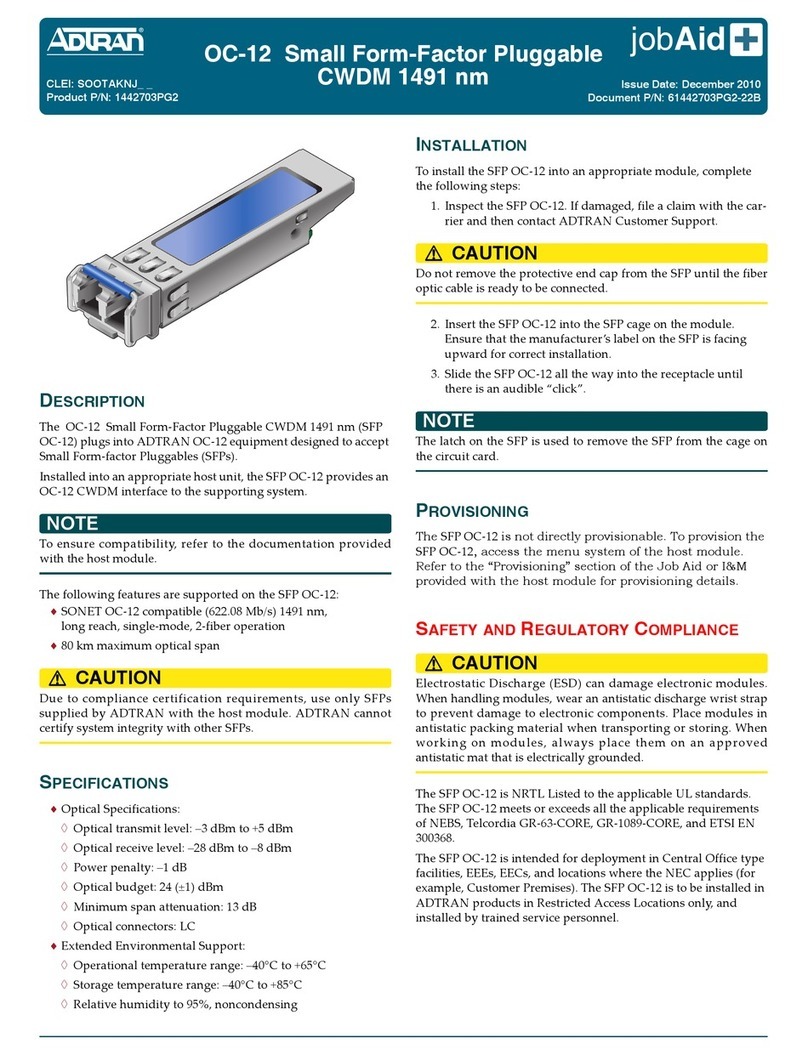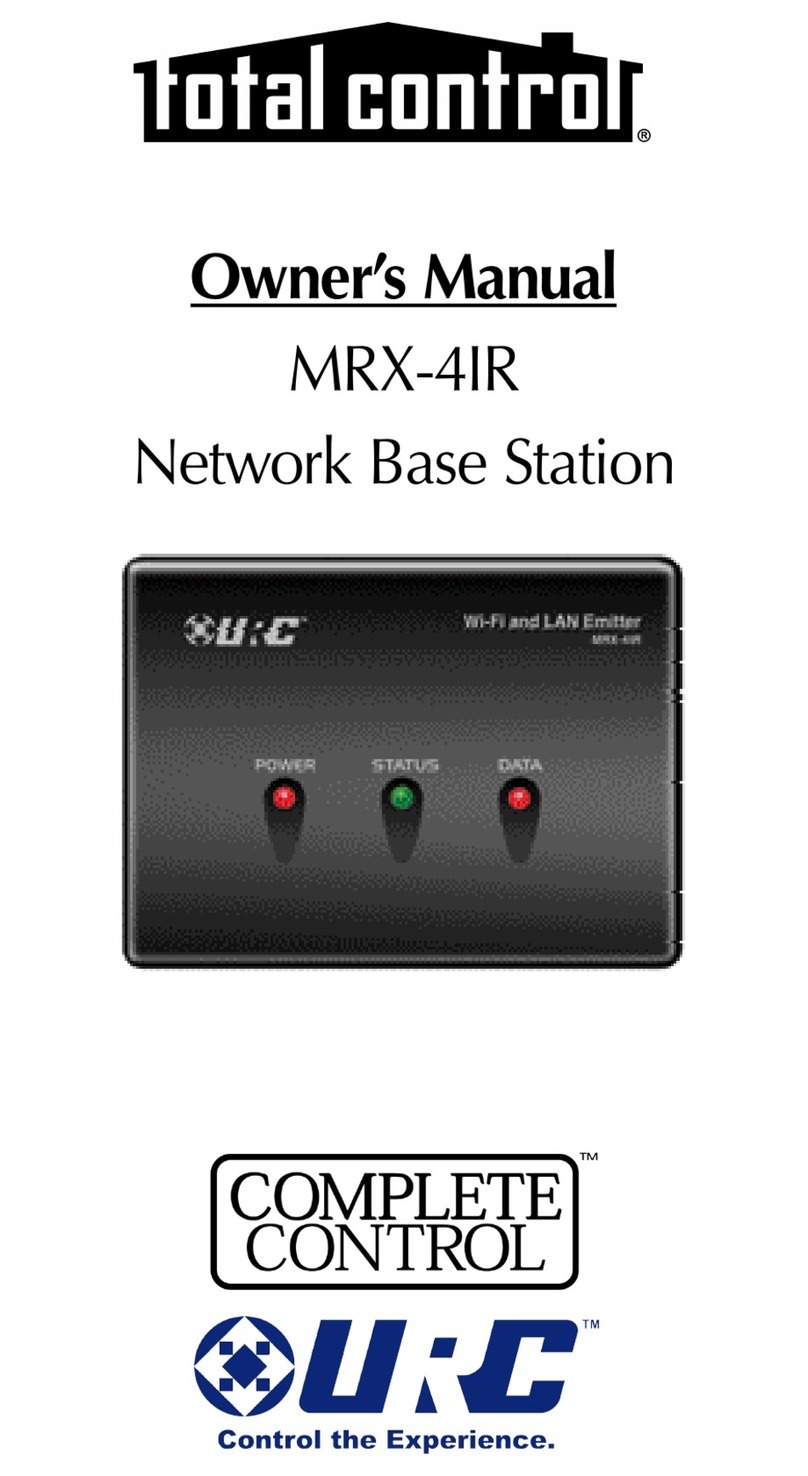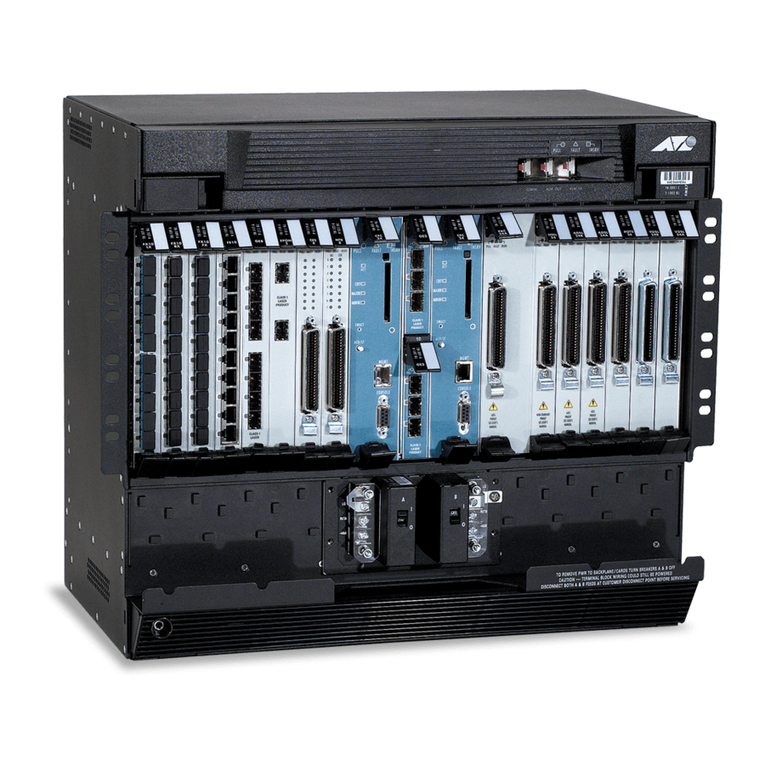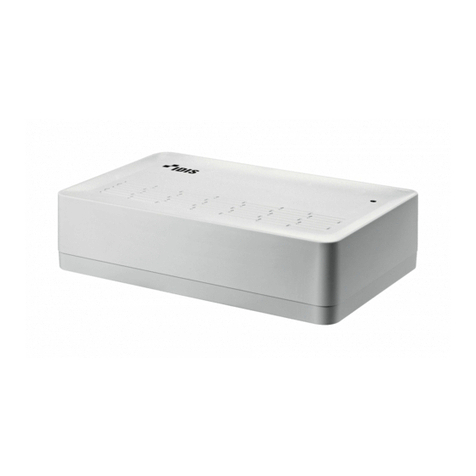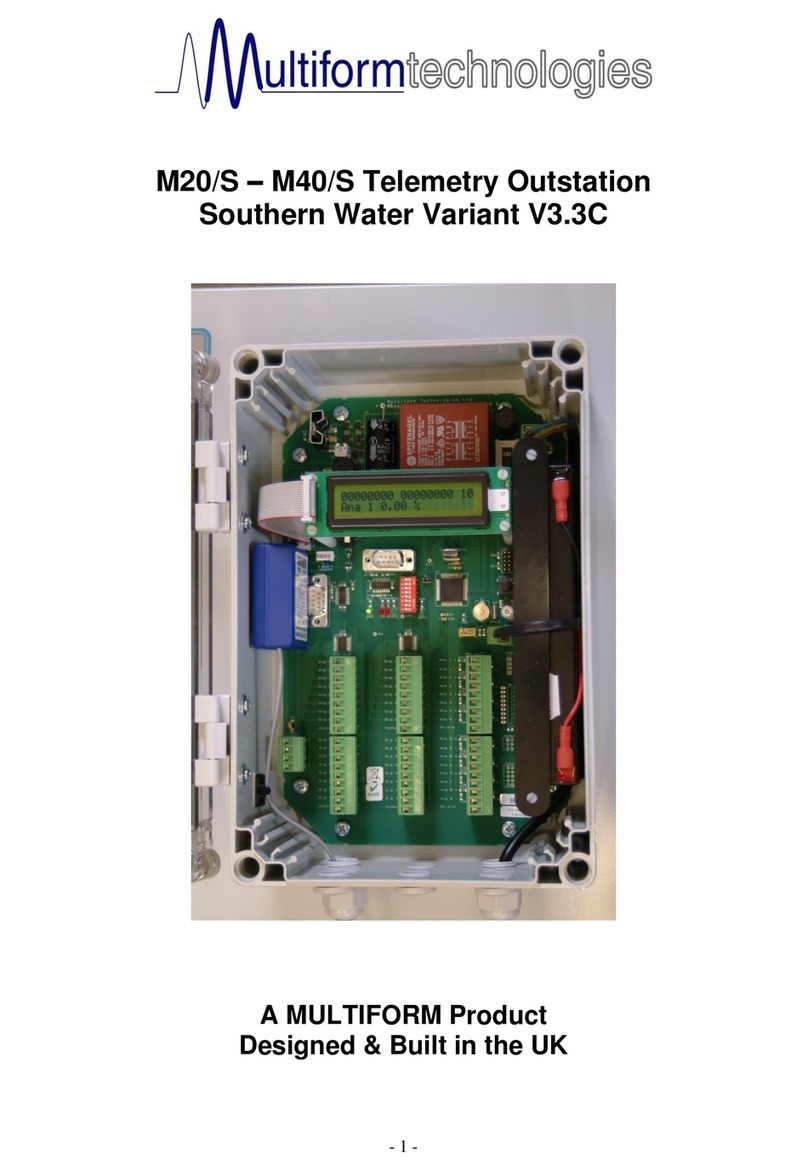
Using the First Time Configuration Wizard
Check Point 910 Appliance Getting Started Guide Locally Managed | 17
Internet Connection
In the Internet Connection page, configure your Internet connectivity details or select Configure
Internet connection later.
For IPv6 Internet connections, select the option to configure later.
To configure Internet connection now:
1.
Select Configure Internet connection now.
From the Connection Protocol drop down list, select the protocol used to connect to the
Internet.
Enter the fields for the selected connection protocol. The information you must enter is
different for each protocol. You can get it from your Internet Service Provider (ISP).
•Static IP - A fixed (non-dynamic) IP address.
•DHCP - Dynamic Host Configuration Protocol (DHCP) automatically issues IP addresses
within a specified range to devices on a network. This is a common option when you
connect through a cable modem.
•PPPoE (PPP over Ethernet) - A network protocol for encapsulating Point-to-Point Protocol
(PPP) frames inside Ethernet frames. It is used mainly with DSL services where individual
users connect to the DSL modem over Ethernet and Metro Ethernet networks. Enter the
ISP login user name and ISP login password. Note - In the First Time Configuration
Wizard, only dynamic IP is supported.
•PPTP - The Point-to-Point Tunneling Protocol (PPTP) implements virtual private networks.
PPTP uses a control channel over TCP and a GRE tunnel operating to encapsulate PPP
packets.
•L2TP - Layer 2 Tunneling Protocol (L2TP) is a tunneling protocol used to support virtual
private networks (VPNs). It does not provide any encryption or confidentiality. It relies on an
encryption protocol that it passes within the tunnel to provide privacy.
•Cellular Modem - Connect to the Internet using a wireless modem to a cellular ISP
through the USB port.
•Analog Modem - Connect to the Internet using an analog modem through a USB port. In
the WebUI application, you can configure to use an analog modem through the serial port.
•Bridge - Connects multiple network segments at the data link layer (Layer 2).
•DNS Server (Static IP and Bridge connections) - Enter the DNS server address information
in the relevant fields. For DHCP, PPPoE, PPTP, L2TP, Analog Modem, and Cellular Modem,
the DNS settings are supplied by your service provider. You can override these settings
later in the WebUI application, under Device > DNS.
We recommend that you configure the DNS as the appliance needs to perform DNS resolving
for different functions. For example, to connect to Check Point User Center during license
activation or when Application Control, Web Filtering, Anti-Virus, or Anti-Spam services are
enabled.
To test your ISP connection status:
Click Connect.
The appliance connects to your ISP. Success or failure shows at the bottom of the page.






















